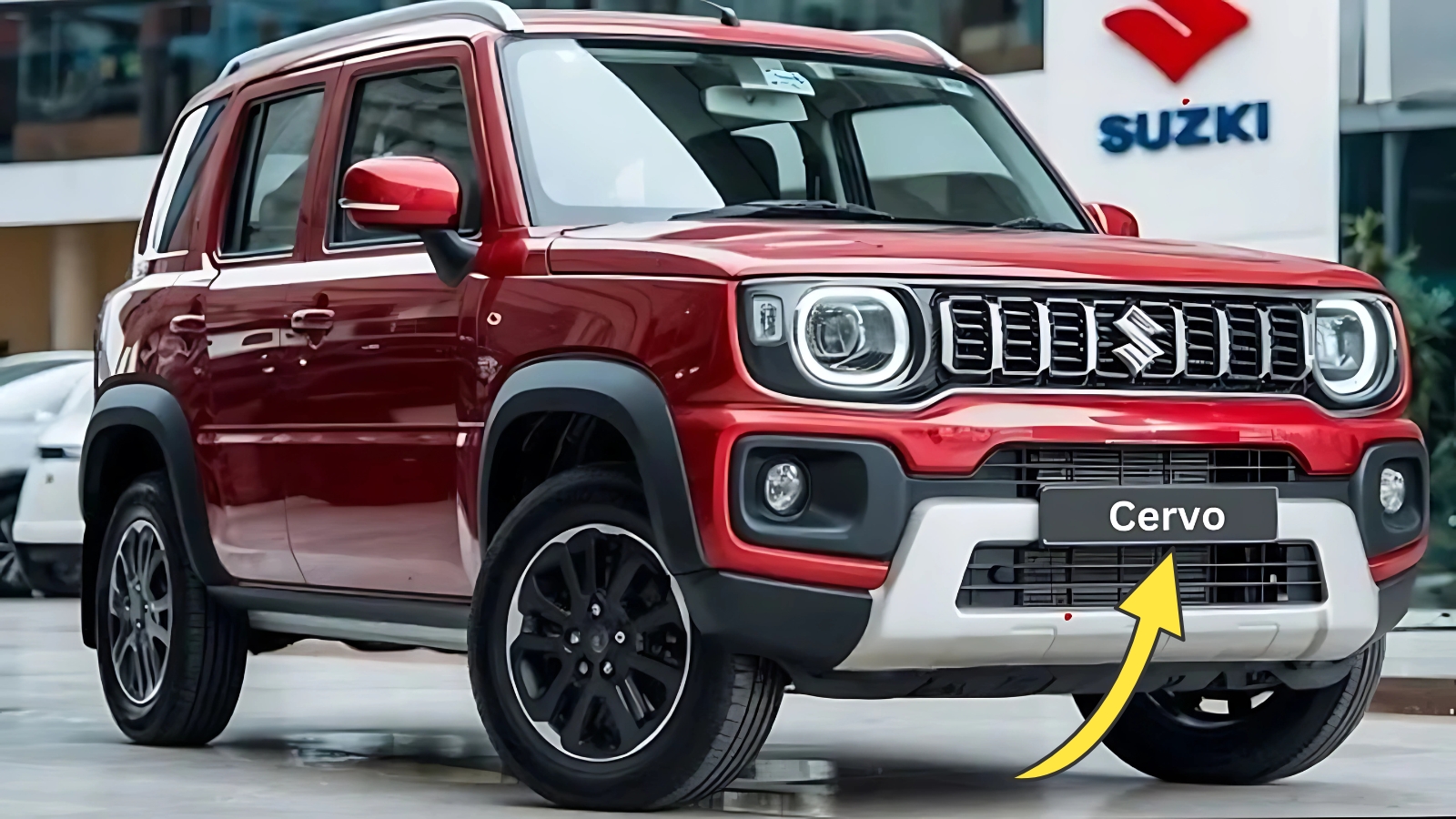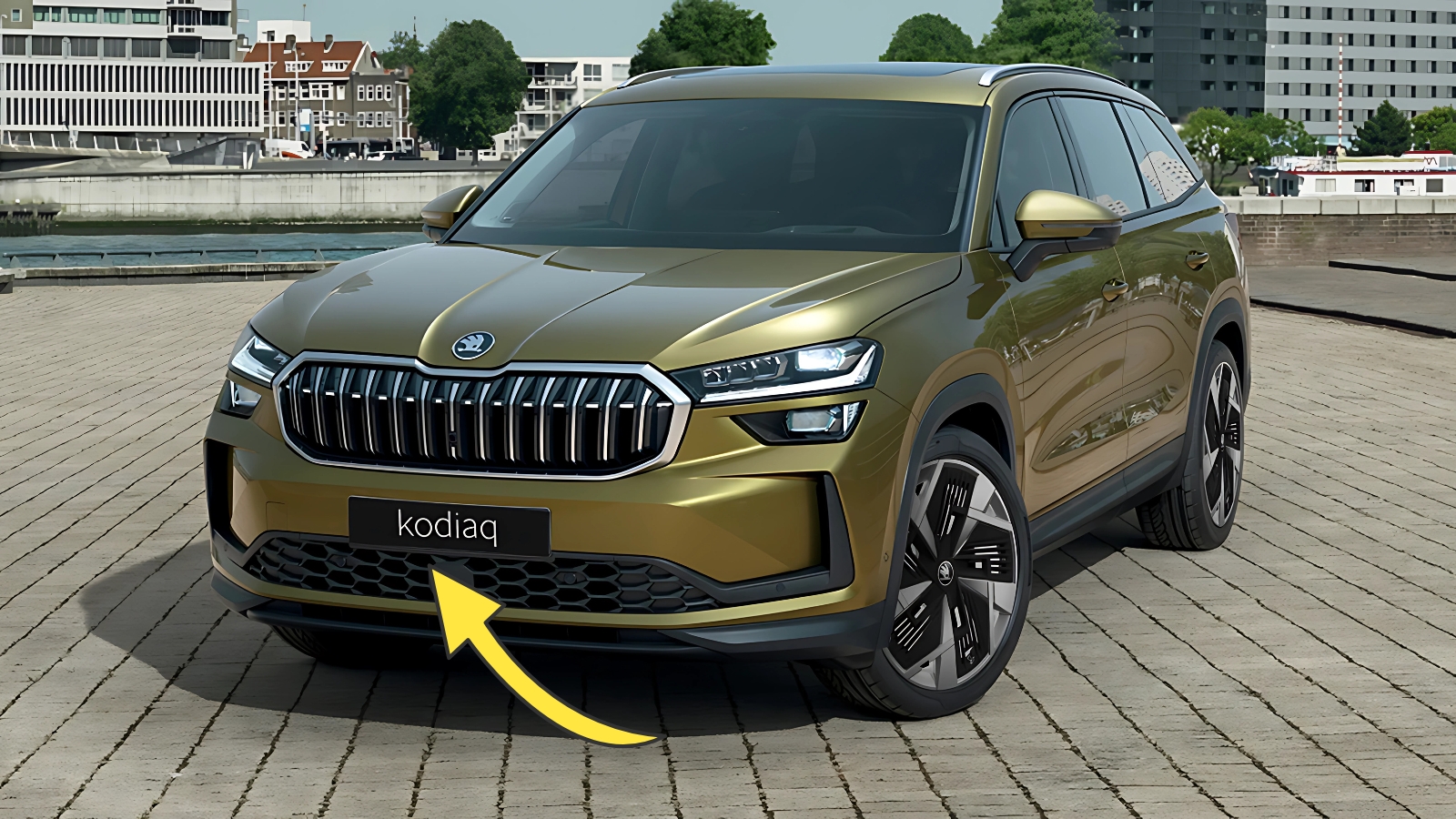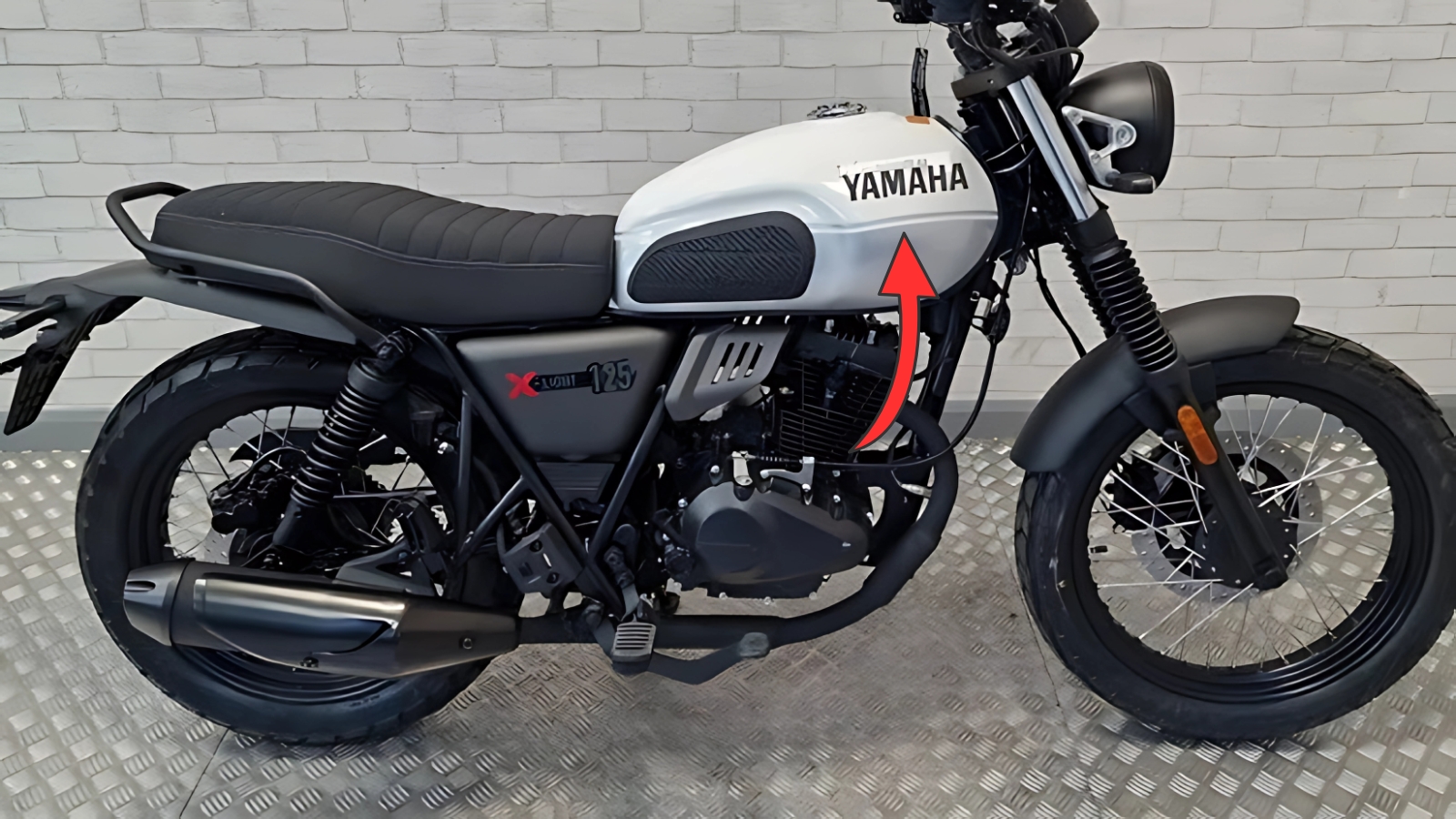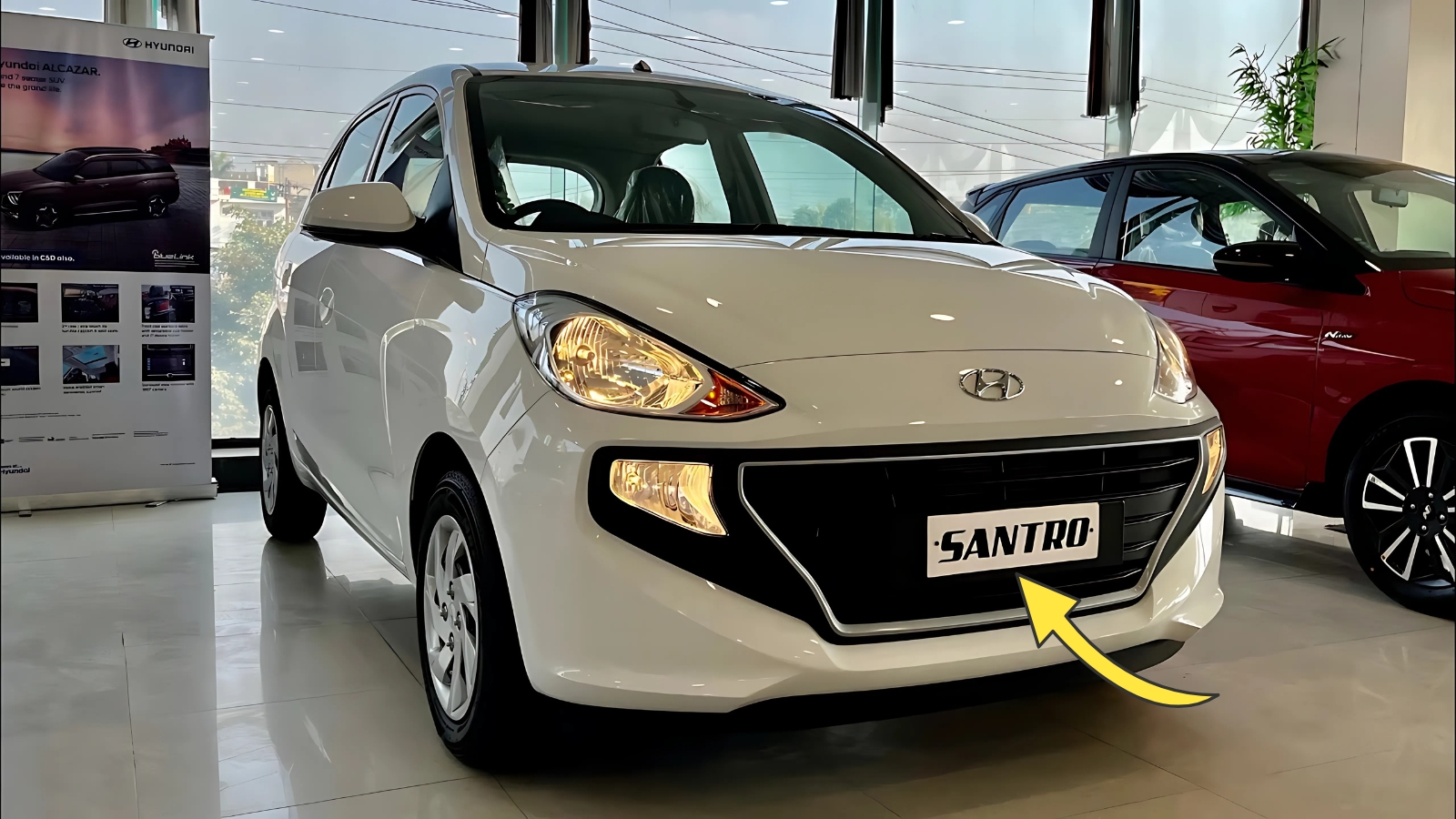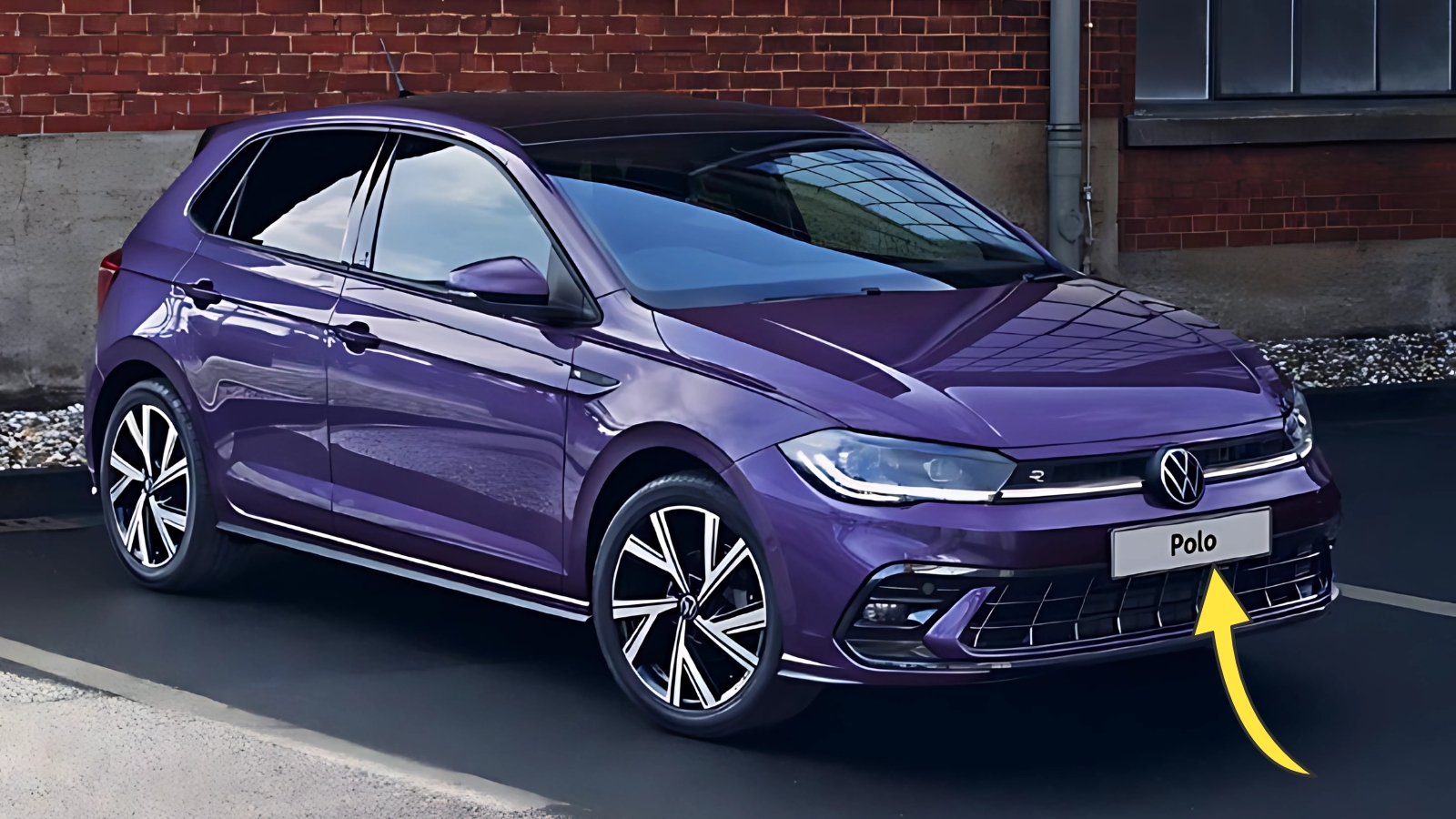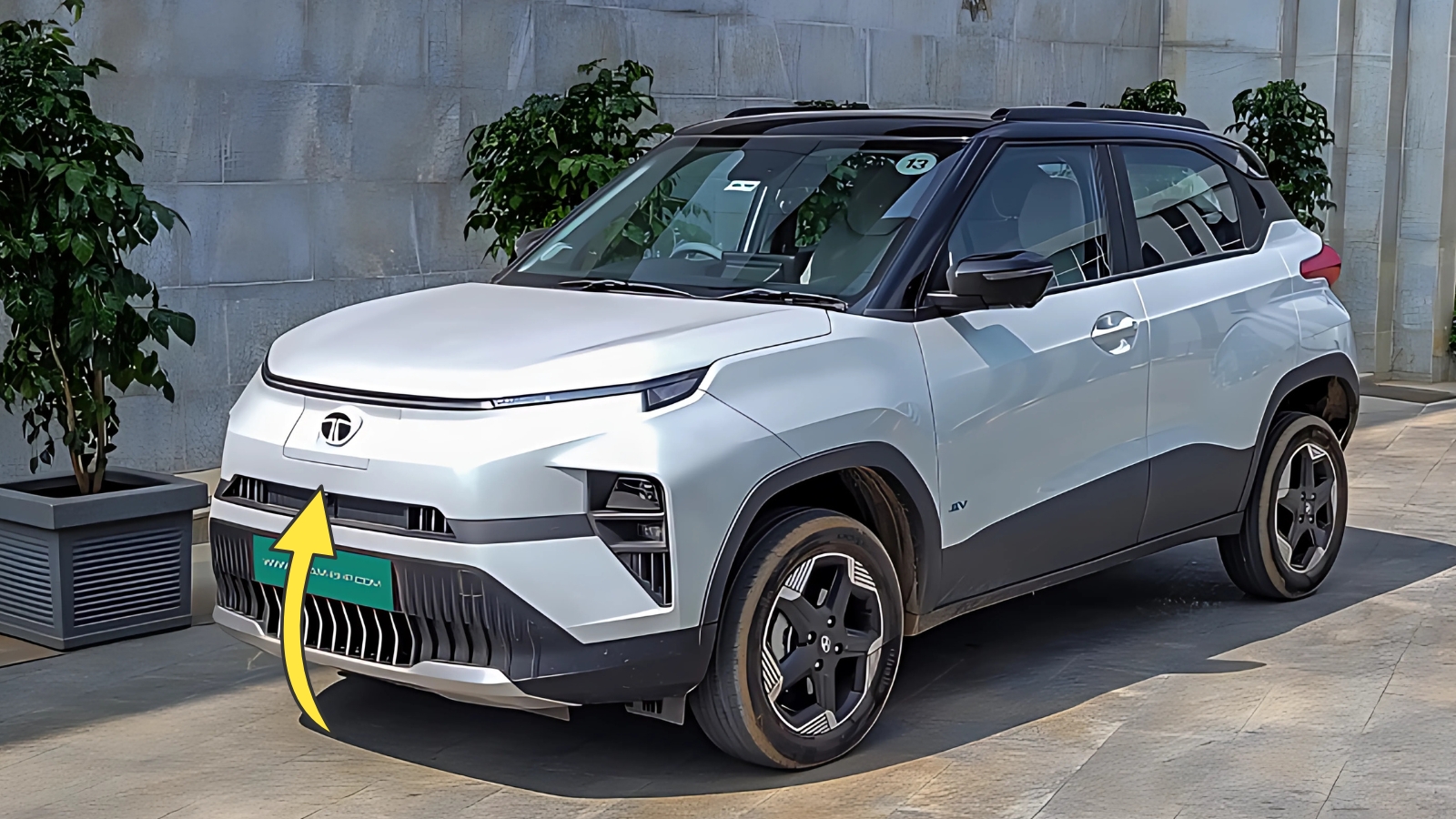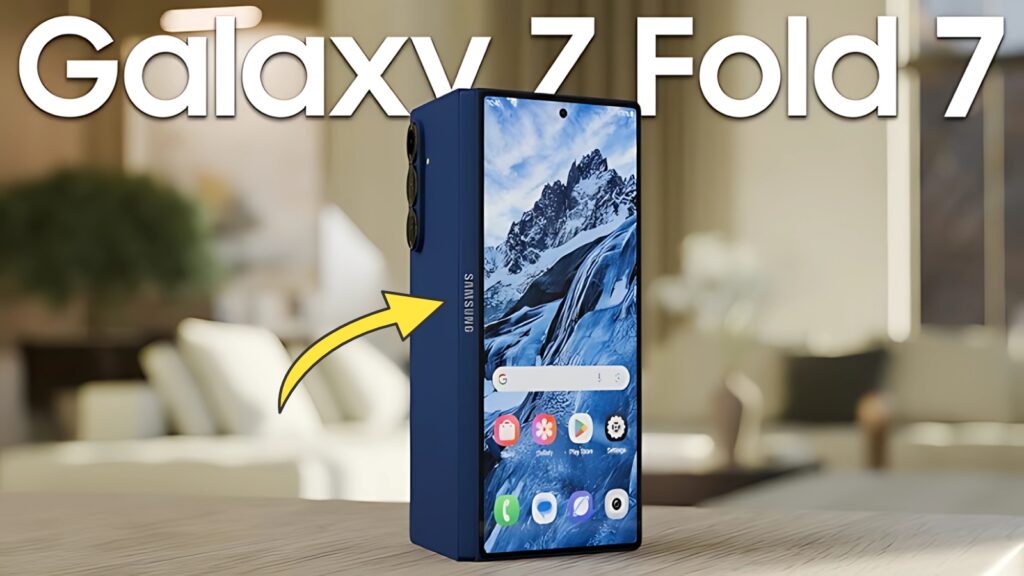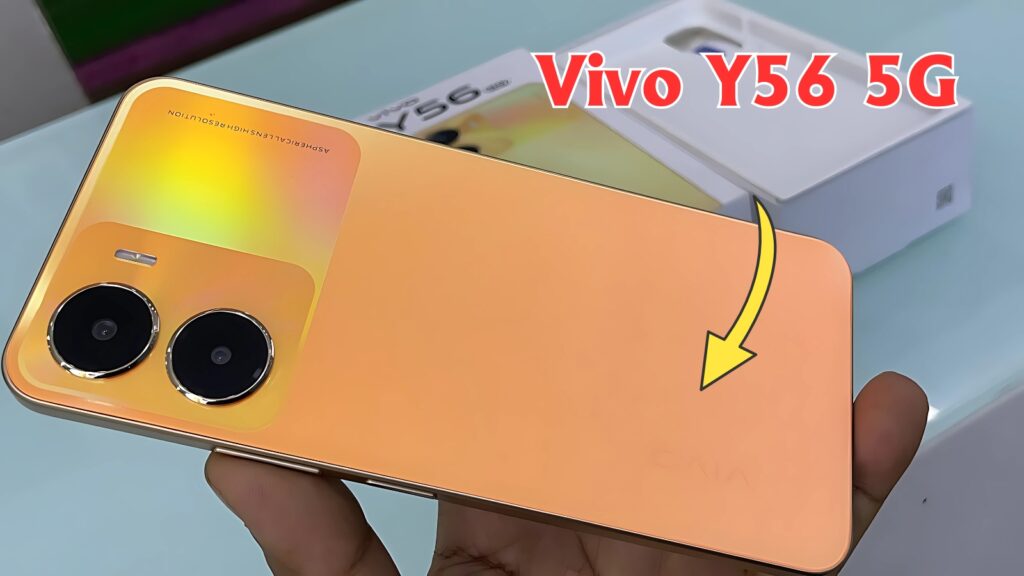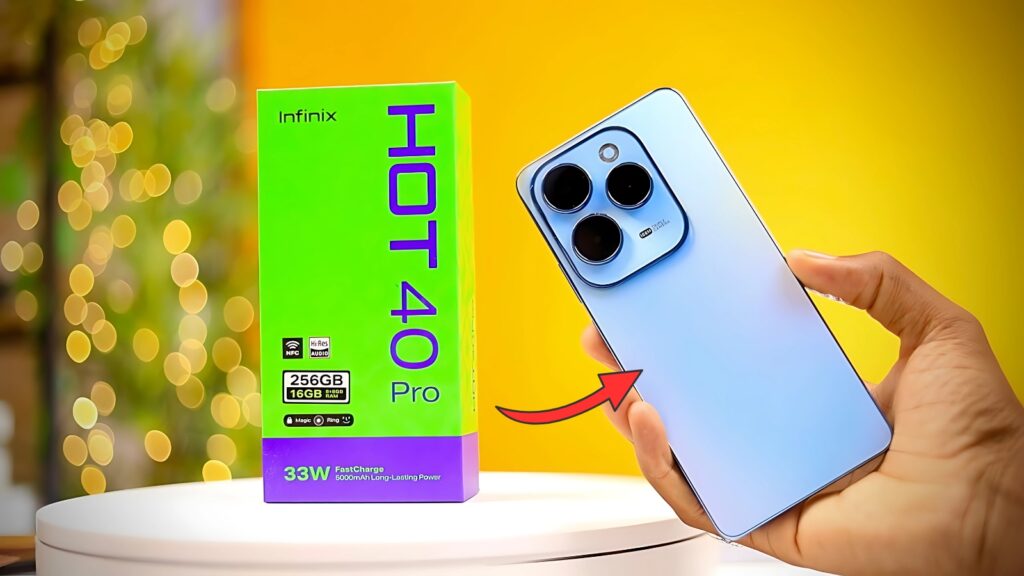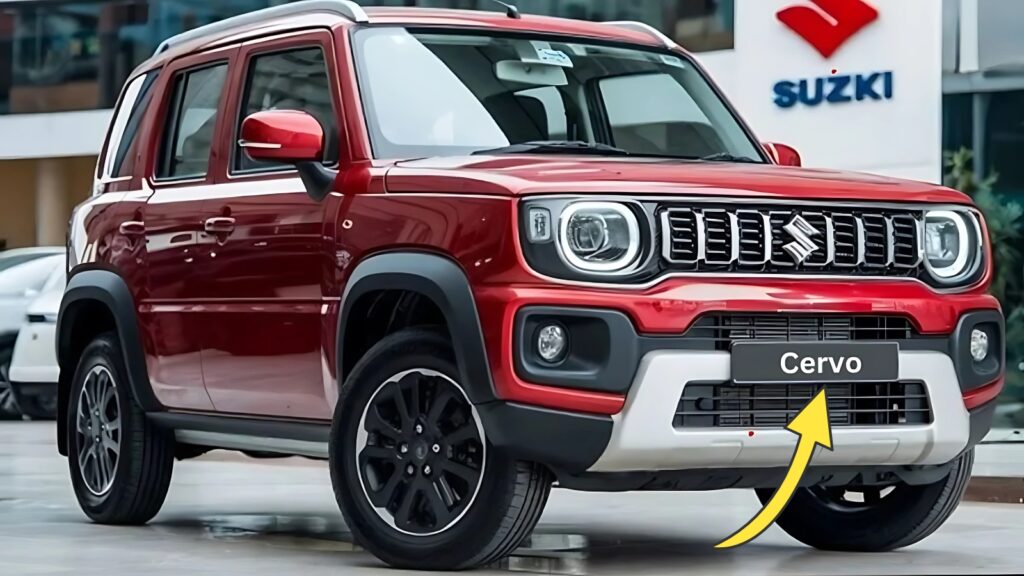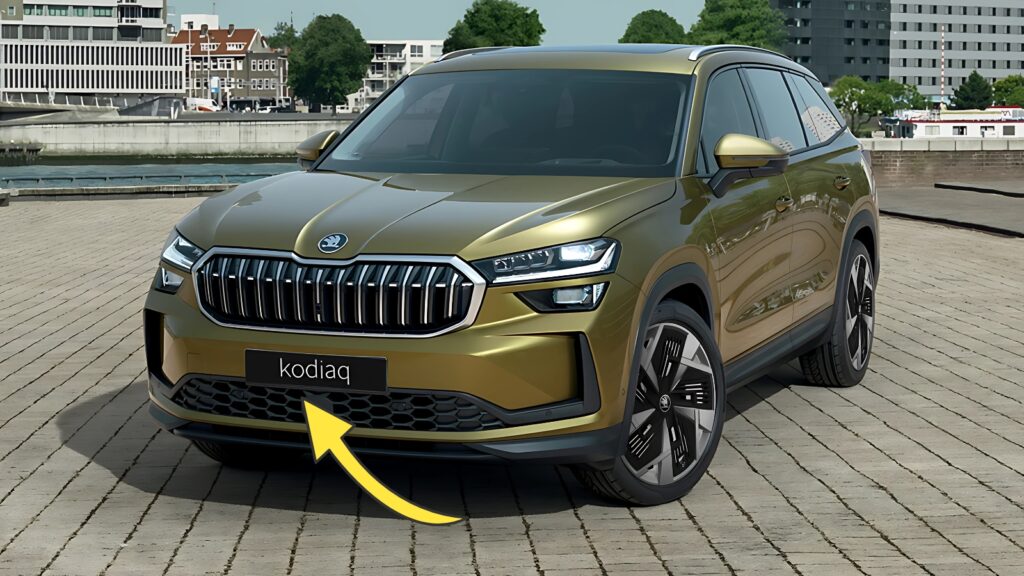Hyundai Eon: The story of the Hyundai Eon reads like a classic tale of ambition meeting reality. Once hailed as the perfect entry point into car ownership for millions of Indians, this compact hatchback has now vanished from showrooms across the country. What began as Hyundai’s bold attempt to capture the budget segment has ended in discontinuation, leaving behind a legacy that automotive enthusiasts still discuss today.
The Grand Entry That Changed Everything
Back in October 2011, when Hyundai unveiled the Eon, it wasn’t just launching another car – it was making a statement. The South Korean automaker wanted to prove that affordability didn’t have to mean compromise. Unlike its competitors who focused purely on basic transportation, the Eon brought something different to the table: style, substance, and sophistication at an unbeatable price point.
The timing couldn’t have been better. India’s economy was growing rapidly, and first-time car buyers were looking for options that offered more than just four wheels and an engine. The Eon’s fluidic design language, borrowed from Hyundai’s premium models, made it stand out in parking lots filled with boxy, uninspiring budget cars. People would actually turn their heads when an Eon drove by – something unheard of in the entry-level segment.
Engineering Marvel in a Compact Package
What truly set the Eon apart was its engineering philosophy. Most manufacturers in this segment would strip away features to hit rock-bottom prices, but Hyundai took a different approach. The initial 814cc three-cylinder engine delivered 56 PS and 75 Nm of torque, providing adequate power for city driving while maintaining excellent fuel economy of 21.1 kmpl.
The real game-changer came in 2014 when Hyundai introduced the 1.0-liter Kappa engine variant. This powerplant produced 69 PS at 6,200 rpm and 94 Nm of torque at 3,500 rpm, giving the Eon enough grunt to handle highway cruising. The five-speed manual transmission was smooth and precise, offering drivers a level of control that was rare in this price bracket. Even the LPG variants, introduced in 2012, showcased Hyundai’s commitment to providing options for every budget.
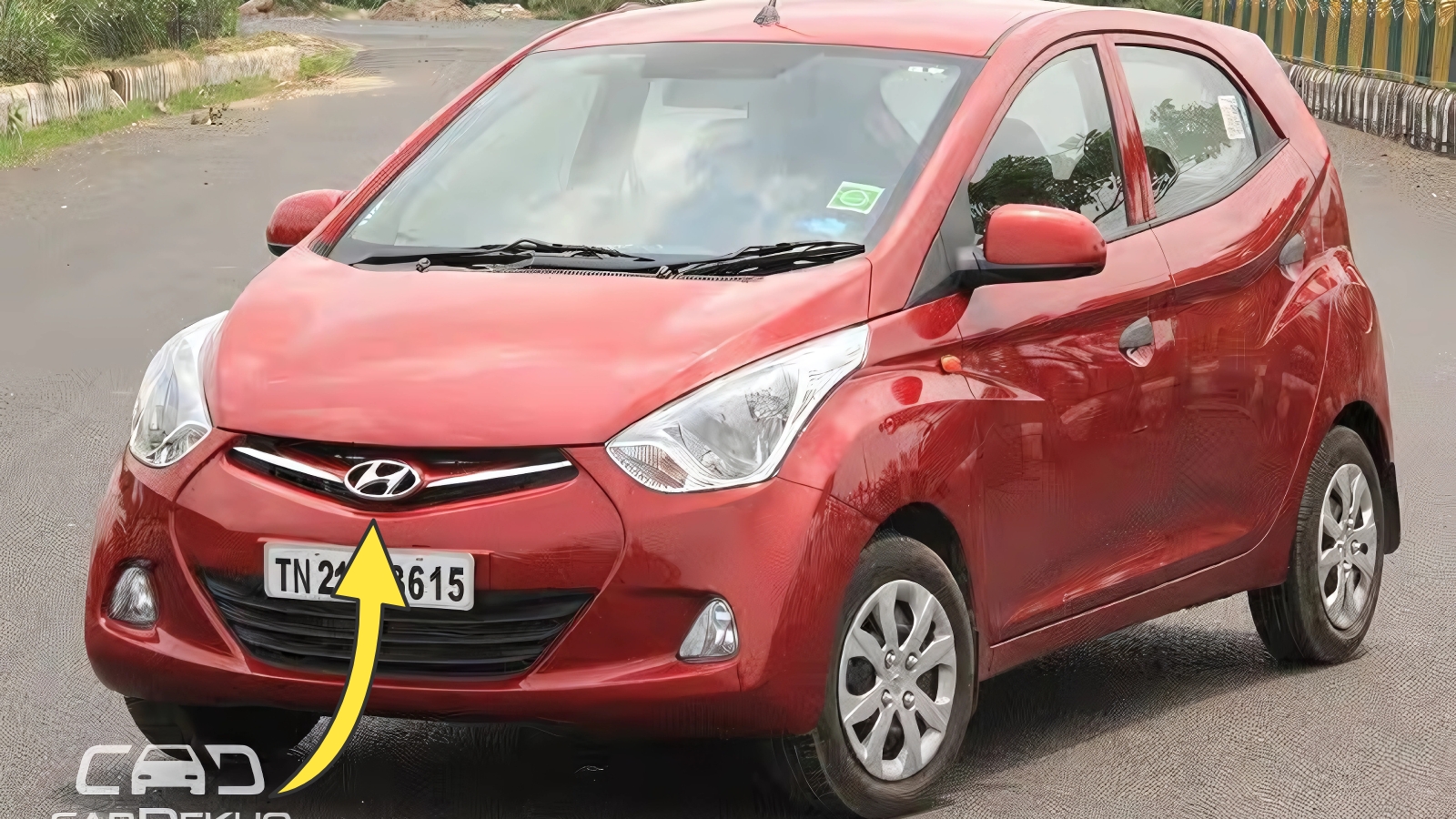
Design Philosophy That Broke the Mold
Walking around an Eon was like examining a piece of automotive art. The swept-back headlamps with chrome accents, the hexagonal grille integrated into the front bumper, and the sculpted bonnet all spoke of careful design consideration. The side profile featured flowing lines that created visual interest without being overly flashy, while the rear end maintained proportional elegance with well-designed tail lamps.
Inside, the Eon continued to impress. The two-tone black and beige interior layout felt premium, with a dashboard that spread like wings and a V-shaped center console that looked more expensive than it was. The instrument cluster, featuring a large circular speedometer pod flanked by smaller gauges, was both functional and aesthetically pleasing. Even today, automotive designers refer to the Eon’s interior as an example of maximizing visual impact within budget constraints.
Market Performance and Consumer Reception
Despite its impressive design and engineering, the Eon’s commercial performance told a complex story. At its peak, Hyundai was selling around 4,400 units monthly, which was respectable but not spectacular. The car found its audience among urban professionals, small business owners, and families upgrading from two-wheelers, but it struggled to dent the dominance of the Maruti Alto.
The Eon’s positioning was both its strength and weakness. It offered more features and better build quality than competitors, but this came at a slight premium that some budget buyers weren’t willing to pay. However, those who chose the Eon rarely regretted their decision, often praising its reliability, comfort, and surprisingly good ride quality for such a small car.
The Global Expansion Strategy
Hyundai’s confidence in the Eon extended far beyond Indian shores. The car was launched in the Philippines in March 2012, Vietnam in June 2012, and Sri Lanka in June 2014. It also found homes in Honduras, Nepal, El Salvador, Nicaragua, Chile, Peru, Panama, and Colombia. This global rollout demonstrated Hyundai’s belief that the Eon’s formula of affordable luxury could work across diverse markets.
The Chennai plant became the global production hub for the Eon, exporting to multiple countries and establishing India as a key manufacturing base for Hyundai’s small car strategy. This global presence helped the Eon achieve production volumes that wouldn’t have been possible with domestic sales alone.
The Regulatory Roadblock
The automotive industry’s shift toward stricter safety and emission standards ultimately sealed the Eon’s fate. When the Indian government mandated new safety regulations in 2019 and announced BS-VI emission norms for 2020, the Eon’s aging platform couldn’t adapt. The cost of redesigning the car to meet these standards would have been prohibitive, especially given its modest sales numbers.
The final blow came when Hyundai decided to reintroduce the Santro nameplate. With the new Santro positioned to capture the same market segment but with better compliance credentials, the Eon became redundant. Production ceased in May 2019, marking the end of an era for Hyundai’s most affordable offering.
Vivo X200 Pro 5g – 500MP DSLR camera smartphone with long battery life
Hyundai Eon The Lasting Legacy
Today, the Hyundai Eon lives on in the used car market, where prices start as low as Rs. 75,000. For many young Indians, a second-hand Eon represents their first taste of car ownership. The vehicle’s reputation for reliability means that well-maintained examples continue to serve families across the country.
The Eon’s real legacy lies in proving that budget cars don’t have to be boring. It showed that with thoughtful design and engineering, even the most affordable vehicles can offer dignity, style, and satisfaction to their owners. As the Indian automotive market moves toward electric and premium vehicles, the Eon remains a reminder of a time when simple, honest engineering could win hearts and minds.
